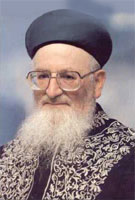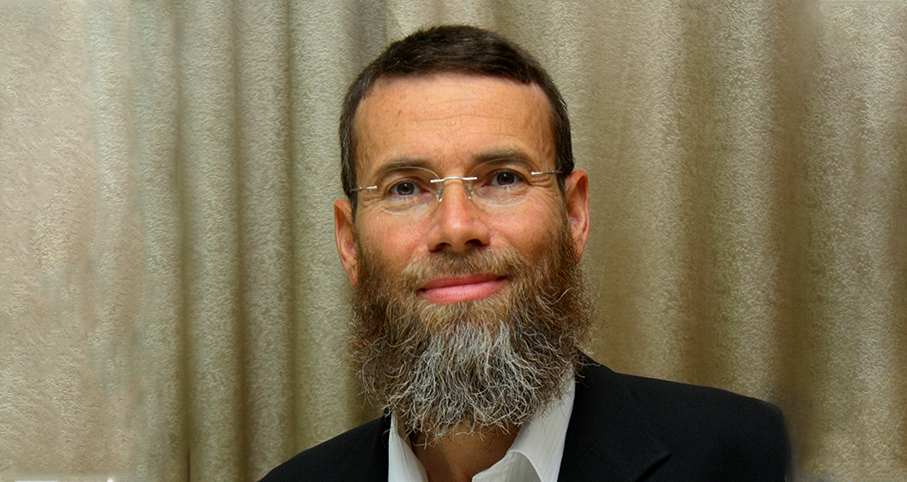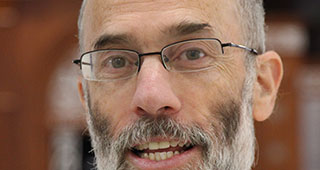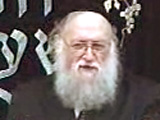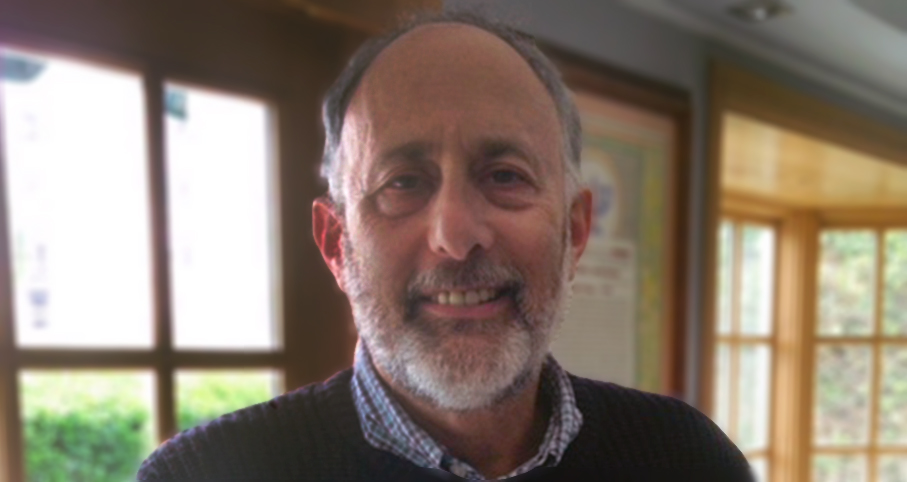Beit Midrash
- Sections
- Chemdat Yamim
- Parashat Hashavua
Moshe Rabbeinu stood on the threshold of the Promised Land at the end of the long trek. A lot had changed. A new generation had replaced the one that left Egypt, and they were ready to complete the historical process that the Exodus started. What would they learn from the past? Moshe reviewed with them, with mere hints, but it was enough.
The first pasuk on the matter: "They travelled from Pi Hachirot, and they passed in the midst of the sea to the desert" (ibid. 8). It is written without details or apparent emotion. But it hints at such a wondrous event, which turned the world of nature on its head. Afterward, they move on to the desert, which our haftara describes so poignantly as a scary and dangerous place (Yirmiya 2:6). After the large step forward, events crop up from every angle in what looks like an artificial manner.
Hashem did not lead the nation by the coastal road, despite and actually because it was too close (Shemot 13:17). The voyage from Egypt to the Promised Land cannot appear close. It is not just a geographic move; it is a change in mindset. The Land of Canaan, which turns into the Land of Israel, must be a total contrast to the land and the culture of Egypt. The route has to change and instead of a straight line, they have to go through the sea to the desert.
In the desert, a new generation blossoms, one which is disconnected from the culture and abominations of Egypt. Through the ups and downs and steps forward and backward in the desert, the process of Exodus is completed. 42 segments of the journey all dedicated to finishing the Exodus and preparing to enter the Land.
While the Torah portion focuses on the above elements, the haftara, set for the Three Weeks, deals with the collapse of the nation, culminating in the exodus from Yerushalayim. The prophet painfully rebukes the people for forgetting that they had left Egypt for good: "What interest do you have in the way to Egypt and Assyria?" (based on Yirmiya 2:18).
May it be His will that these two important historical stations – leaving Egypt and leaving Yerushalayim – can serve for us as well as a roadmap to deal with the changing challenges that we experience in our time. Chazak chazak v’nitchazeik!

“You Shall Do for Me a Sanctuary... Tabernacle”
Rabbi Yossef Carmel | 28 Shvat 5768

Parashat Hashavua: From Paroh to Hamas and Iran – In Those Days at this Time
Rabbi Yossef Carmel | Kislev 5786

Two Types of Shabbatot
from Shirat Hageula, p. 34-36
Rabbi Shaul Yisraeli zt"l | Nissan 7 5780

